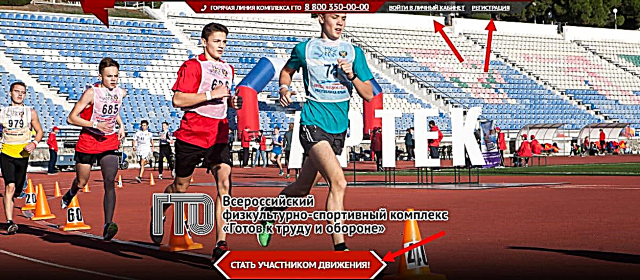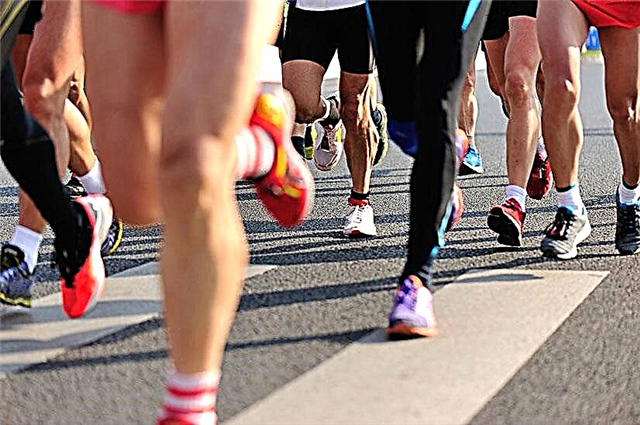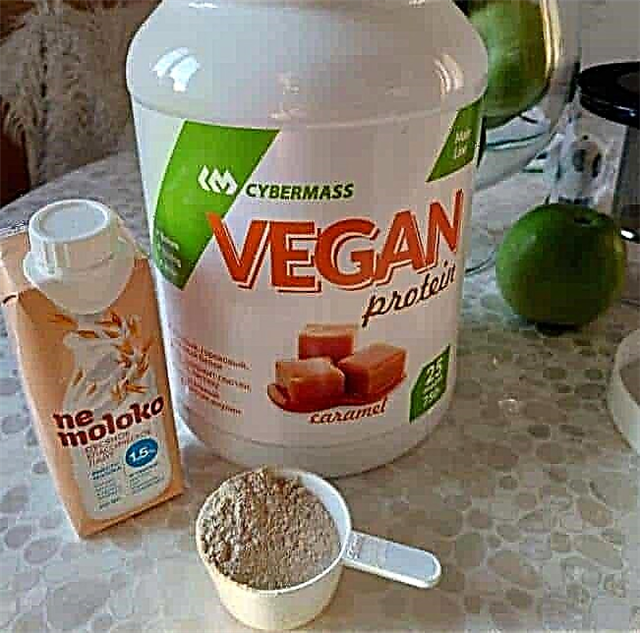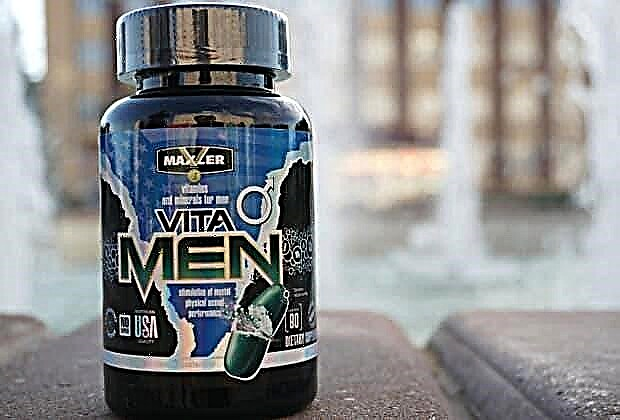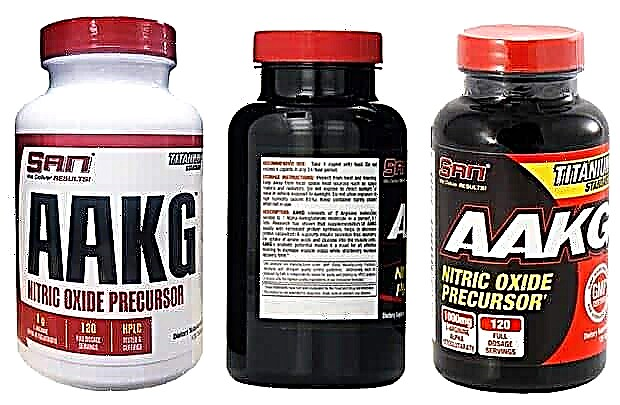No one has the perfect running technique. However, it is necessary to strive to remove them, since the consequences of pinching and overvoltage can be serious. Let's take a look at some of the most common areas a runner can experience. And what it can lead to.
Clamped shoulder girdle, hands
This problem occurs very often and not only among beginner runners. The first and most common are raised and pinched shoulders. Instead of relaxing the shoulder girdle, which is not directly involved in running, but primarily helps to balance the body, the runner tries to strain it, wasting extra energy on it and preventing the proportional balance of arms and legs.
This also includes a strict angle at the elbow. Someone once took it into their heads to say that when running, the elbow must be bent at an angle of 90 degrees. And aspiring runners began to apply this advice en masse. As a result, running did not become more efficient and faster. But one more tightness appeared - in the elbow joint. Indeed, instead of a free hand position, you have to constantly control the angle. Why is not known.

Well, the third tightness in the hand is a tightly clenched fist. The principle is the same - an extra waste of energy. Sometimes tightly clenched fists help at the finish line, as they say, "gather will in a fist" and endure the finishing acceleration. And in this case, there is no problem. But if the fist is always clenched, then this is no longer of any benefit. It is most convenient to keep the palm in a free fist position while running.
Clamping in the shoulder girdle and hands can lead to another undesirable element - excessive twisting of the body or the appearance of swallowing a crowbar, when the body is clamped to such an extent that it does not move a millimeter. And the imbalance comes out.
Tightened core muscles
This is not really a tightness, but rather a lack of readiness of the muscles. Ideally, the athlete should have a slight forward bend when running. But, often, for runners, this slope is either too large, or the body is kept absolutely straight. And it happens that the body is completely tilted back.
This suggests that the muscles of the press or back cannot hold the body in the correct position for a long time. For example, a large forward lean can be seen in many amateurs when running long distances closer to the finish line. When the forces are already running out. And the control of this process ceases.

And when there is strength, you have to artificially strain to keep the body in the correct position. Of course, this takes away additional strength. To prevent this from happening, it is necessary to actively train the muscles of the press and back.
Tight legs
This is the biggest problem that affects running overall the most. And under certain conditions it can cause serious injury.
Pinching often occurs when a runner tries to run on bent legs. As a result, excessive overstrain, primarily in the muscles of the front of the thigh, quickly leads to their fatigue. This causes a slow pace and retirement.

But the biggest problem is the tightness in the foot. It arises for several reasons. The most common is an attempt to rearrange the position of the foot from the heel to the forefoot without prior preparation of the ligaments and muscles. The runner is not used to it. Artificially makes himself run in a new way. As a result, there is an overstrain of the ligaments. And often leads to injury. Therefore, it is important, before changing the running technique, to prepare the musculoskeletal system through strength training like this. To be ready for the transition.
And another type of tightness occurs when the load is re-formed due to pain in some area. For example, a runner's heel hurts. He tries to step on it less, redirecting the load to the midfoot. Stop is not ready for this. As a result, another injury may be added to the heel injury.
The periosteum hurts. An attempt is underway to rebuild the running technique so that it does not hurt when moving. For example, rebuilding the placement of the foot on the outside. As a result, overstrain and injury.
Therefore, it is very important to carry out power and avoid unreasonable overvoltage and pinching. As they lead to waste of energy and injury.

